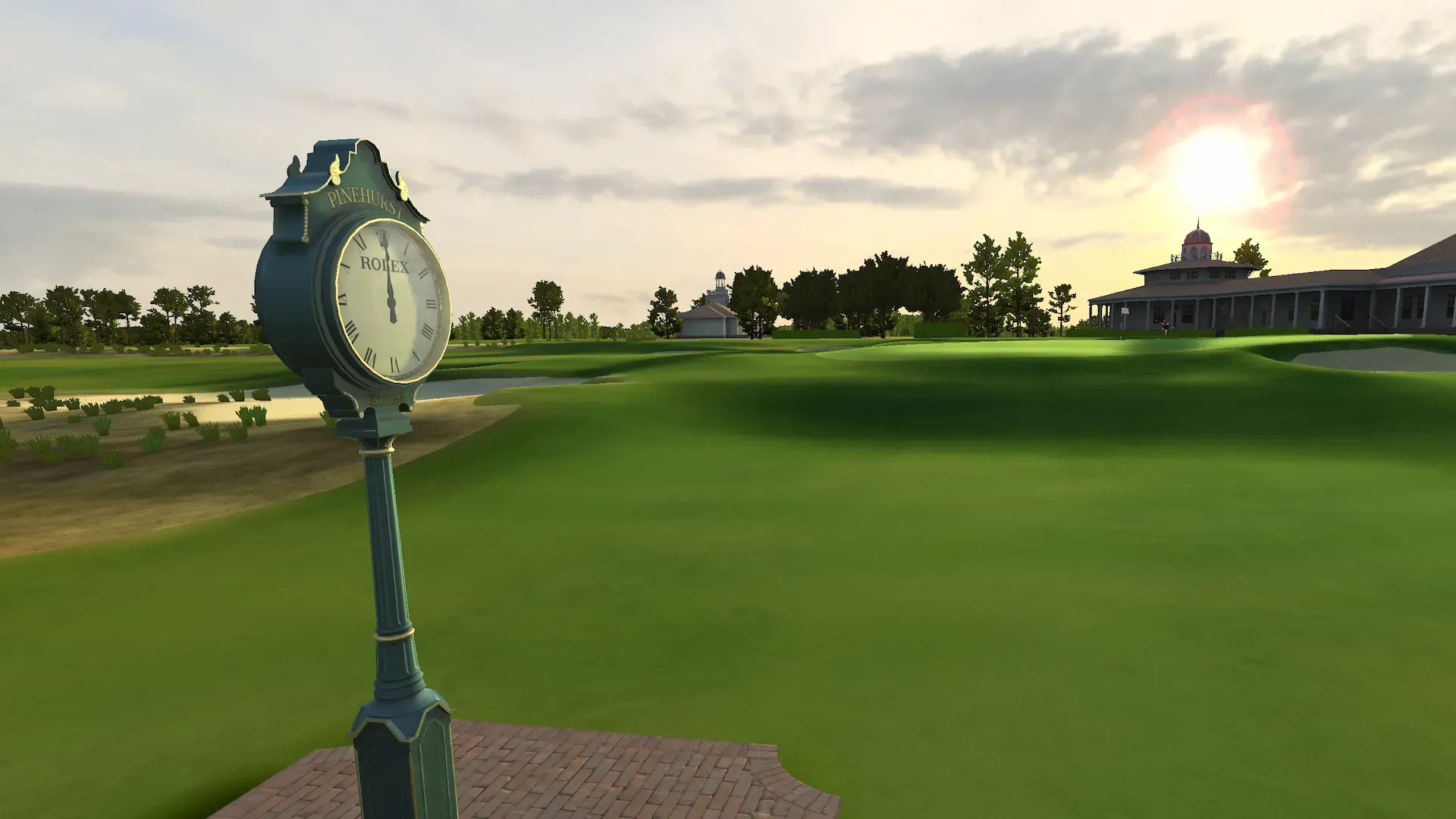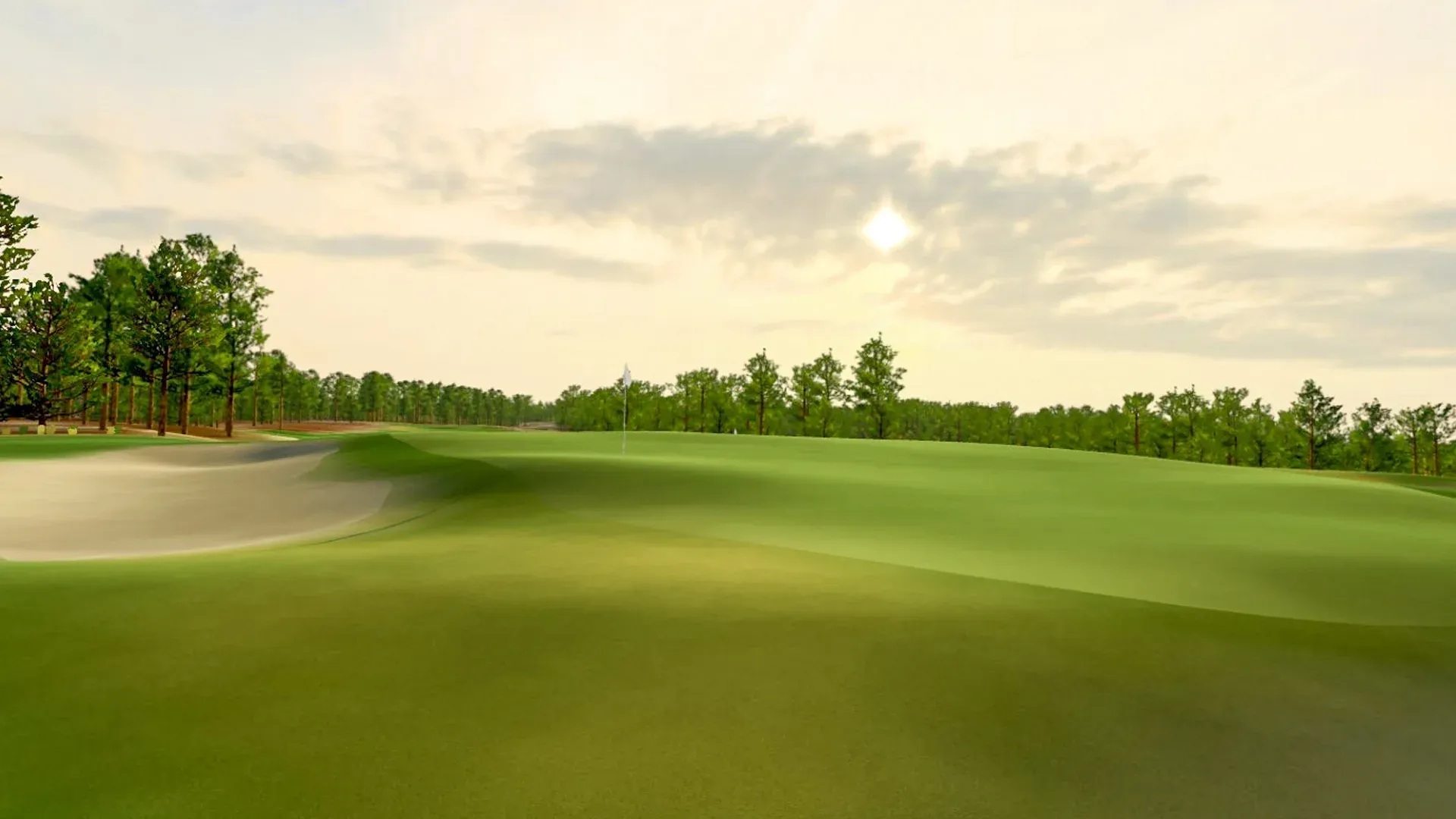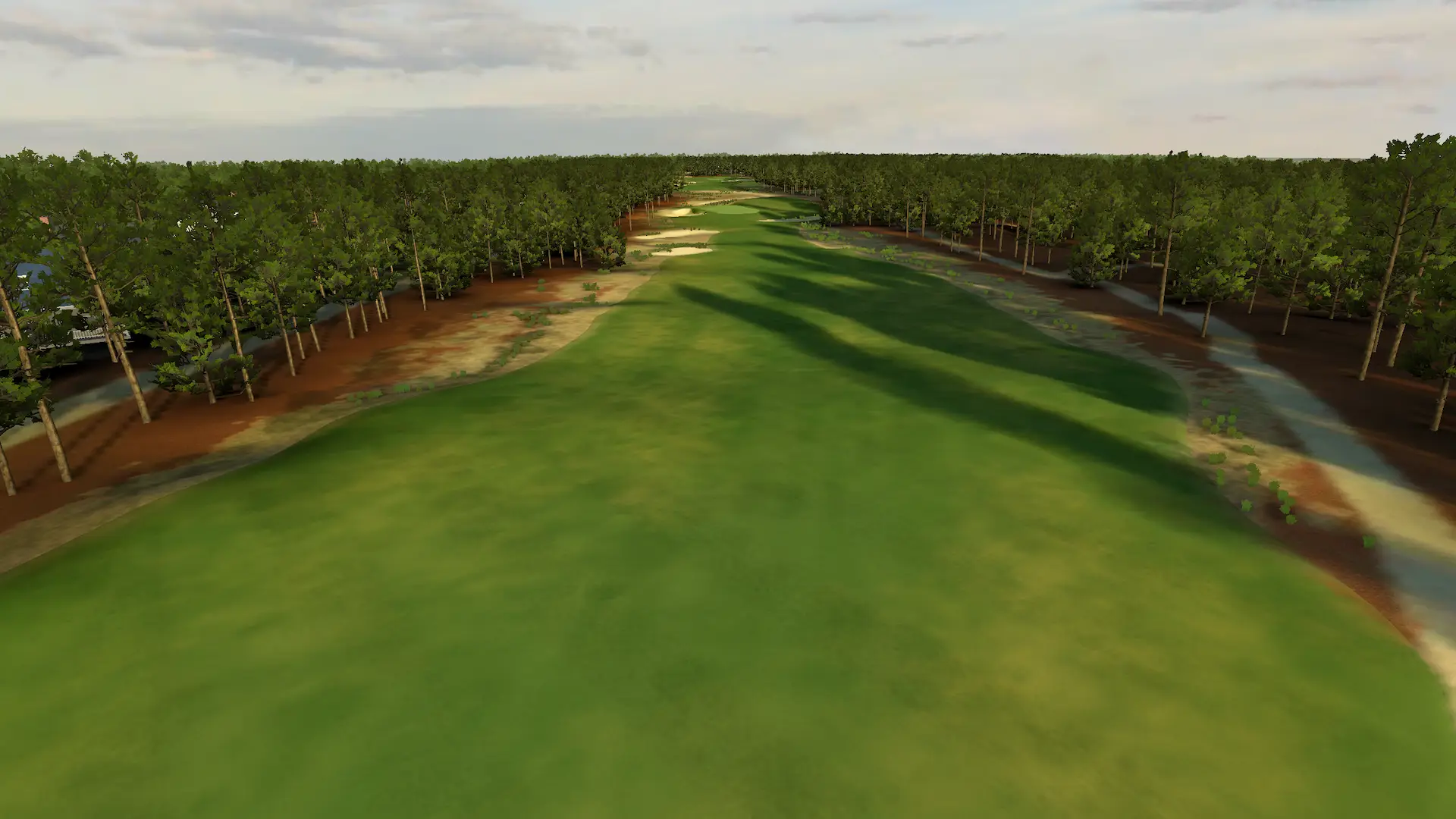The Cradle of American Golf: Pinehurst No. 2
Explore the legendary Pinehurst No. 2, its rich history, iconic design, and recent restoration to its original splendor.

Nestled in the picturesque Sandhills region of North Carolina, Pinehurst No. 2 isn't just a golf course—it's a legendary destination that pulses with the rich heritage of the sport. Revered worldwide, this iconic course boasts a storied past and a design that challenges even the most skilled golfers. Recent enhancements to the Pinehurst Resort have only amplified its allure, inviting enthusiasts from all corners of the globe to experience this prized jewel firsthand.
Fast Facts
Location: Pinehurst, North Carolina
Accessibility: Public
Year Opened: 1907
Architect: Donald Ross
Par: 72
Yardage: 6,961
Major Championships Hosted: 3 U.S. Opens (1999, 2005, 2014), 3 U.S. Amateurs (1962, 2008, 2019), 1 PGA Championship (1936), 1 Ryder Cup (1951), 1 U.S. Women's Open (2014), 1 Ryder Cup (1951)
Note: Pinehurst #2 was recently designated by the USGA as an "Anchor Course" and is scheduled to host the 2024, 2029, 2035, 2041 and 2047 U.S. Opens, the U.S Women's Open in 2029 and the U.S. Amateur in 2038.

The "Cradle" of American Golf
In 1895, Boston soda fountain mogul James Walker Tufts purchased the initial 5,800 acres of land where Pinehurst Resort now thrives. Driven by a vision to create a health resort, Tufts soon recognized that golf would become a central element of this dream. The resort's inaugural course, Pinehurst No. 1, was constructed in 1898, and Tufts enlisted Donald Ross, one of Scotland's most esteemed architects, to design the second course.
Ross' design philosophy, which emphasized natural beauty and strategic challenge, has left an indelible mark on hundreds of golf courses worldwide. Pinehurst No. 2 opened for play in 1907, but Ross dedicated the next 40 years to meticulously shaping and perfecting his masterpiece, ensuring its place in golfing lore.
Beware of the "Turtleback" Greens
Ask ten different golfers who have played Pinehurst No. 2 about their favorite hole, and you might receive ten unique answers. While the course may lack a singular "Signature Hole," it possesses a defining trait that sets it apart: the notorious "turtleback" greens.
These greens are elevated at the center and slope off on all sides, creating a challenging "turtleback" effect. This unique feature demands constant strategic decisions for shots around the greens and places a premium on precise distance and spin control for approach shots.
Approach play, especially with mid and long irons, is crucial at Pinehurst No. 2. Without pinpoint accuracy, the ball is unlikely to remain on the putting surface, making every shot a thrilling test of skill and finesse.

The Restoration into the Modern Era
Rewatching Payne Stewart's iconic 1999 U.S. Open victory at Pinehurst No. 2 reveals a course that looks vastly different from today's layout. Over the decades, shifts in golf course architecture gradually led No. 2 away from Donald Ross' original vision. Fairways became lined with thick, lush grass, limiting players' strategic options off the tee. The natural Sandhills "waste areas" that Ross had thoughtfully integrated into the course were lost, diminishing the unique charm of this iconic American track.
In 2010, Pinehurst Resort undertook a bold initiative to restore No. 2 to its roots, commissioning renowned architects Bill Coore and Ben Crenshaw for the task. This ambitious project aimed to revive the course's original character and ushered in a new era of golf course design. Nearly 40 acres of grass were removed to reintroduce the natural "waste areas," and all "rough" was eliminated to allow the course to play firm and fast as Ross intended.
Despite initial risks, the restoration's success has been overwhelmingly positive since the course's reopening in March 2011. Golfers have praised the rejuvenated Pinehurst No. 2, celebrating the return of its strategic complexity and timeless allure.

Adapting to the Times
While the restoration of Pinehurst No. 2 revived the course's early 20th-century roots, Pinehurst Resort as a whole has undergone a massive transformation to usher the property into the modern era of public golf.
Pinehurst No. 2 is just one of ten 18-hole courses on the property that are accessible to the public. Though these courses may not carry the same legendary status as No. 2, each offers unique traits and world-class play, making Pinehurst a diverse golfing destination.
In 2017, Pinehurst introduced "The Cradle," a nine-hole short course that golfers can enjoy from dawn until dusk. This quickly became a fan favorite, where music is encouraged, and playing barefoot is a must. "The Cradle," along with Thistle Dhu, the neighboring 18-hole putting course, has transformed Pinehurst from a haven for seasoned golfers to a welcoming destination for players of all skill levels.
Editor's Note: Don't miss the Pinehurst Brewery when you're in town!
Play Pinehurst #2 in GOLF+
Golfers can experience the history of Pinehurst #2 for themselves in GOLF+! GOLF+ PASS members receive unlimited access to the full library of courses which includes iconic venues like #2, Pebble Beach, TPC Sawgrass and more.


